How To Use Retin-A (Tretinoin) For Wrinkles And Skin Aging
Improve skin texture and keep aging signs at bay with this potent ingredient.
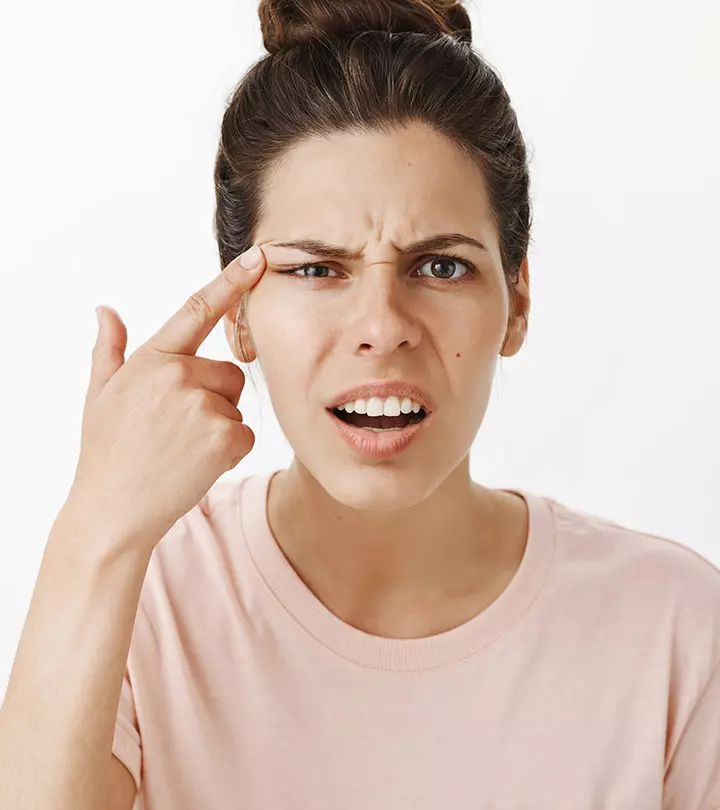
Image: Shutterstock
Tretinoin (Retin-A) is one of the most potent ingredients to fade signs of aging. You can never go wrong with Retin-A for wrinkles as it improves skin texture and tone, and supports skin rejuvenation to minimize the signs of aging and keep the skin youthful. Retin-A also helps fade dark spots and pigmentation to make your skin brighter

. While tretinoin is quite potent, you must be patient to experience visible results. This article explains why Retin-A should find a permanent spot in your anti-aging skin care routine. Read on.
In This Article
What Is Retina-A Or Tretinoin? How Does It Work On Your Skin?
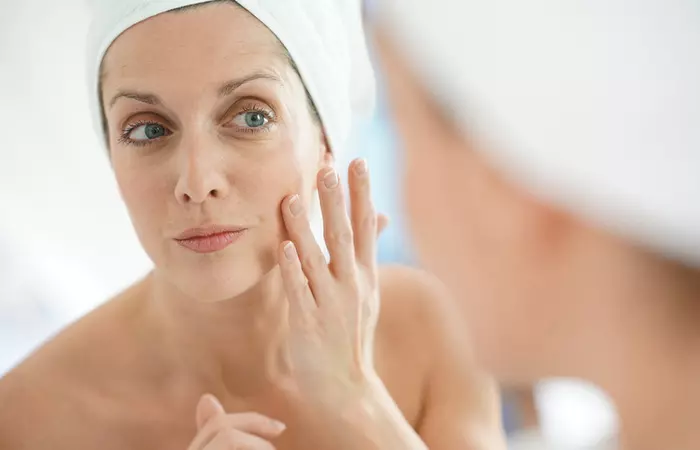
Tretinoin or Retin-A belongs to the retinoid family (derived from vitamin A). Vitamin A benefits for the skin are well known. Usually, retinoids are used topically for treating skin issues such as acne, melasmai A skin disorder where dark skin patches develop on the face due to hormonal changes or sun exposure. , psoriasisi A non-contagious autoimmune disorder where skin cells accumulate and develop into scales and dry, itchy areas. , etc. Tretinoin is the most studied retinoid. It was only in 1984 that the potential of Tretinoin in treating photoagingi Accelerated skin aging caused due to prolonged exposure to ultraviolet radiation (UV) from the sun. was discovered. While many people get confused about the difference between fine lines and wrinkles, this is good for both! Researchers tested the effect of tretinoin on mouse skin for 10 weeks and found that it increased collageni A protein that helps maintain the structure of connective tissues like skin, tendons, bones, and cartilage. production and reduced wrinkles and fine lines Tretinoin may also help with acne treatment and management (1).
There are a lot of scientific studies that prove the efficacy of tretinoin as a potent anti-aging topical medicine. Let’s take a look.
Key Takeaways
- From dark spots to acne troubles, tretinoin is the best solution to treat them all.
- Using Tretinoin may help reduce the signs of aging like wrinkles and fine lines.
- You can use it in your night skincare routine.
- Avoid pairing it with acid products as it may cause irritation.
- You should be consistent with using Tretinoin as it may take around 12 months to show results.
Tretinoin For Anti-Aging Benefits: What Does Research Say?

Before getting into the effectiveness of retinol vs retinoid, let us see what gives targeted treatment for what skin problem. In a randomizedi A research study approach that divides participants into control (no intervention given) or experimental groups at random. , paralleli A clinical study where two or more participant groups get different treatments. , and double-blinded studyi A study where the therapy the subjects get is kept a secret from both the researchers and the subjects until the study is over. , the participants used retinol and tretinoin on their skin for three months. After three months, a significant improvement in their wrinkles, photodamage, and pigmentation levels was observed, with very mild adverse effects. The study concluded that even though tretinoin could help improve wrinkles and other signs of aging, it might cause irritation, such as redness and/or dryness, which is a common side effect of topical retinoids (2). The skin often takes time to adjust to retinol and retinoids (also known as retinization), during which you may experience these symptoms. However, they eventually subside. Retinol for acne is highly praised by many.
Another double-blinded study observed the effects of tretinoin on photoaged skin. The study suggested that applying 0.5% tretinoin cream daily not only boosted collagen formation but also improved the skin texture and skin tone and facilitated the development of new blood vessels (angiogenesis) (3).
While you can feel the effect of tretinoin on your skin right after a few weeks, you will see major changes in the long run. A study found that tretinoin improved the clinical signs of photoaging in the participants, but significant differences were observed after six months of using the cream continuously. The study was then extended to six more months, with the participants now using the cream one to three times per week. The results showed more improvements in the overall signs of photoaging (4).
A beauty and lifestyle blogger used retin-A on her skin for three months and saw visible improvement. She noticed that it moisturized the skin and reduced redness. She writes, “It takes up to 4-6 months of tretinoin use in order to see some great effects. This is basically a chemical peeling, which requires time for it to show what it’s worth… I used Retin-A in 2012 for the first time and, in many years, my skin was finally clean and healthy, without redness or an excessive sebum secretion (i).”
Tretinoin is a potent medication for anti-aging. However, you need to use it properly to get the most out of it.
How To Use Tretinoin Or Retin-A For Signs Of Aging
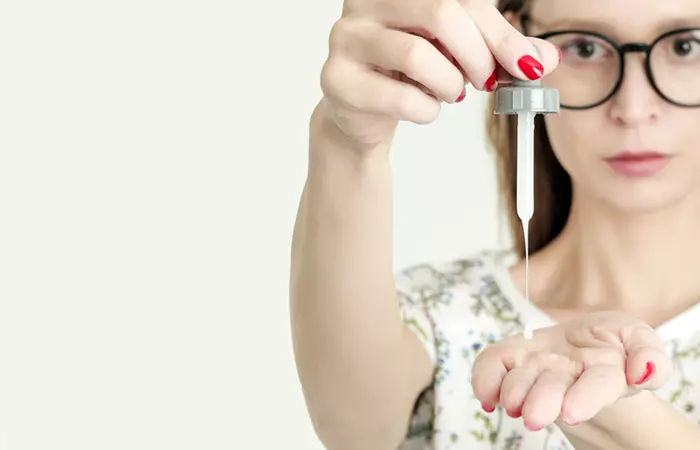
- Avoid using tretinoin during daytime. Always apply the cream at night, before going to bed. This ensures your skin gets time to absorb the medication and improves its efficacy.
- Avoid pairing tretinoin with benzoyl peroxide. It’s best not to use it with other acid products, such as salicylic acid, glycolic acid, and vitamin C.
- Cleanse your face before applying tretinoin or any other skin care product. If you are layering tretinoin with any other skin care product, wait for at least 15 minutes before you apply tretinoin.
- Begin with a small, pea-sized amount to reduce the risk of irritation. Use it once a day to check how your skin reacts to it. Then slowly build the use twice daily or as recommended by your dermatologist. Apply a good moisturizer afterward to help prevent dryness and keep skin hydrated.
When used in the right way, tretinoin improves your skin cell turnover and slows down the development of lines and wrinkles. But, you have to be patient.
 Did You Know?
Did You Know?How Long Does It Take For Tretinoin To Work?

It will take several months before you see actual results.
A study observing the effect of tretinoin on Caucasian health concluded that tretinoin therapy should be continued for at least six months to notice visible changes in the skin. The subjects observed no significant difference in their skin for the first six months. However, after 12 months, new collagen fibers developed, and researchers observed overall improvement in their skin (1).
In another study, the researchers observed visible results after 84 days. They found significant improvement in supralabial wrinklesi Wrinkles above the upper lip, which are often the early signs of aging. , pigmentation, and nasolabial folds (laugh lines) (2).
Despite its impressive benefits, tretinoin might cause some side effects.
Side Effects Of Tretinoin
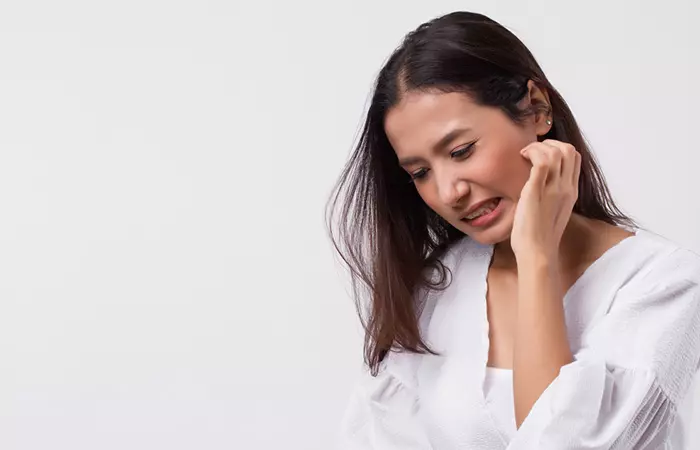
Your skin needs some time to adjust to retinoids. If you are using tretinoin for the first time, you might experience initial side effects, such as:
- Skin dryness
- Irritation
- Stinging sensation
- Itching
- Scaling
- Mild burning
Introduce it to your skin gradually as it might cause skin sensitivity. Start with a twice-a-week routine and stick to it for the first two months. You can also talk to your doctor and get an idea about how to use it properly.
If you opt for a skin resurfacing laser treatment, avoid using tretinoin before and after the treatment for at least a few weeks as it may lead to inflammation and adverse reactions.
 Quick Tip
Quick TipAlso, before you start using tretinoin, be aware of the following things.
Things To Consider Before Using Tretinoin
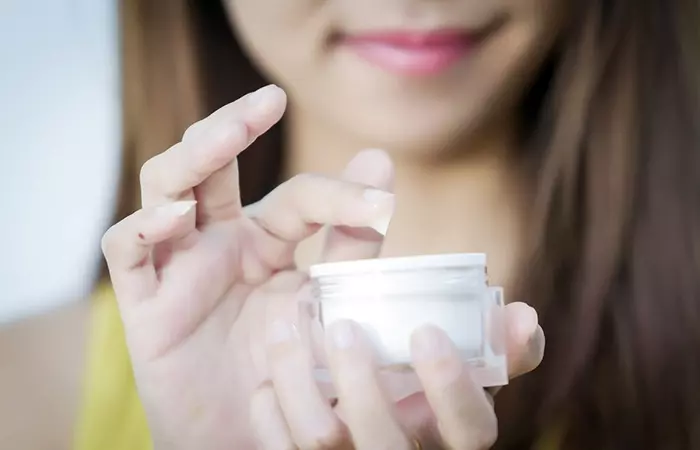
- In case you are considering any facial treatment, such as laser treatments or chemical peels, don’t forget to consult your doctor and inform them that you are using tretinoin infused skin care products. Tretinoin might interfere with other skin treatments, and the doctor might suggest you stop using it for a certain time before and after you undergo the facial treatment.
- Avoid using tretinoin if you are pregnant.
- Tretinoin and other retinoids exfoliate your skin and make it sensitive to the sun. So, use sun protection and try not to expose your skin to the sun for long periods to prevent damage. Use a sunscreen that has at least SPF 30 and consider wearing a hat when outdoors.
If Retin-A does not seem like a suitable option for you, consider the following alternatives.
Alternative Wrinkle Treatments
You may consider the following treatments instead of Retin-A (tretinoin):
- Chemical Peel: Peels away the top wrinkled layers of skin, allowing growth of new, young, and healthy skin (5).
- Dermabrasion: Scrapes away top skin layers to improve skin structure (6).
- Micro-Needling: Creates micro-punctures into the skin to promote skin remodeling, thereby reducing wrinkles, pigmentation, and stretch marks (7).
- Botulinum Toxin Injection: Causes localized muscle relaxation to even out skin texture and reduce wrinkles (8).
- Dermal Filler: Evens out wrinkles and restores youthful skin texture (9).
- Facelift: Rejuvenates skin folds, deep wrinkles, and sagging skin (10).
- Laser Skin Resurfacing: Stimulates collagen production to treat wrinkles and pigmentation issues (11).
We recommend getting a dermatologist consultation for a thorough skin profiling before opting for any of the above-mentioned treatments.
Infographic: Tips To Keep In Mind Before Using Retin-A
Retin-A is a popular topical medication used for treating acne, psoriasis, dark spots, and signs of aging. However, it is important to know how to use it properly to get the most out of it. Check out the infographic below for tips to keep in mind before incorporating tretinoin into your skin care routine.
Some thing wrong with infographic shortcode. please verify shortcode syntaxIf you have just introduced your skin to Retin-A and made it a part of your beauty routine, you may notice breakouts and experience minor skin irritation. Do not discontinue using it as retinol and its derivatives usually cause skin purging before showing any results. This should not stop you from using Retin A for wrinkles, hyperpigmentation, sun damage, fine lines, and other aging issues. However, always start with a lower concentration. Consult a doctor to determine the right strength of tretinoin for your skin and the correct way to use it. This will help avoid unwanted skin reactions and irritation and promote optimal skin health.
Frequently Asked Questions
Which is better for wrinkles: retinol or Retin-A?
According to anecdotal evidence, Retin-A is better. Its main active ingredient is retinoic acid, which aids in wrinkle reduction more effectively than any other anti-aging product.
Does Retin-A tighten the skin under the eyes?
Yes. Retin-A helps boost collagen production and reduces wrinkles and fine lines that help tighten the skin under the eyes.
Do I need to wash tretinoin off in the morning?
No. If you have applied tretinoin to the skin, wait at least for 1 hour before washing it.
What moisturizer should I use with tretinoin?
Tretinoin may dry your skin or make it sensitive to the sun. Use a water-based, hydrating moisturizer with SPF.
Illustration: How To Use Retin-A (Tretinoin) For Wrinkles And Skin Aging
_for_wrinkles_and_skin_aging_illustration.jpg.webp)
Image: Stable Diffusion/StyleCraze Design Team
Personal Experience: Source
StyleCraze's articles are interwoven with authentic personal narratives that provide depth and resonance to our content. Below are the sources of the personal accounts referenced in this article.
i. Retin-A: Benefits And Disadvantageshttps://theceltiberian.wordpress.com/2014/08/21/retin-a-benefits-and-disadvantages/
References
Articles on StyleCraze are backed by verified information from peer-reviewed and academic research papers, reputed organizations, research institutions, and medical associations to ensure accuracy and relevance. Read our editorial policy to learn more.
- “Retinoids in the treatment of skin aging..”, Clinical Interventions in Aging, US National Library of Medicine.
- “A double-blind randomized study comparing..”, Wiley Online Library
- “Topical tretinoin for photoaged skin.”, Journal of the American Academy of Dermatology, US National Library of Medicine.
- “Photoaging and the skin. The effects of tretinoin.”, Dermatologic Clinics
, US National Library of Medicine. - “Evidence and Considerations in the Application of Chemical Peels in Skin Disorders and Aesthetic Resurfacing.”, The Journal of Clinical and Aesthetic Dermatology, US National Library of Medicine.
- “Dermabrasion.”, Facial Plastic Surgery, US National Library of Medicine.
- “Prevention of Ageing—The Role of Micro-Needling in Neck and Cleavage Rejuvenation: A Narrative Review.”, International Journal of Environmental Research and Public Health, US National Library of Medicine.
- “Botulinum toxin injection for facial wrinkles.”, American Family Physician, US National Library of Medicine.
- “Better Results in Facial Rejuvenation with Fillers.”, Plastic and Recontructive Surgery. Global Open, US National Library of Medicine.
- “Total Facelift: Forehead Lift, Midface Lift, and Neck Lift.”, Archives of Plastic Surgery, US National Library of Medicine.
- “Assessment of Laser Effects on Skin Rejuvenation.”, Journal of Lasers in Medical Sciences, US National Library of Medicine.
Reveal the magic of tretinoin, the elixir of youth. Immerse yourself in this captivating video to unravel the transformative powers that keep your skin timeless, exuding radiance for years to come.
Read full bio of Dr. Aanand Geria
Read full bio of Ramona Sinha
Read full bio of Eshna Das
Read full bio of Krati Darak






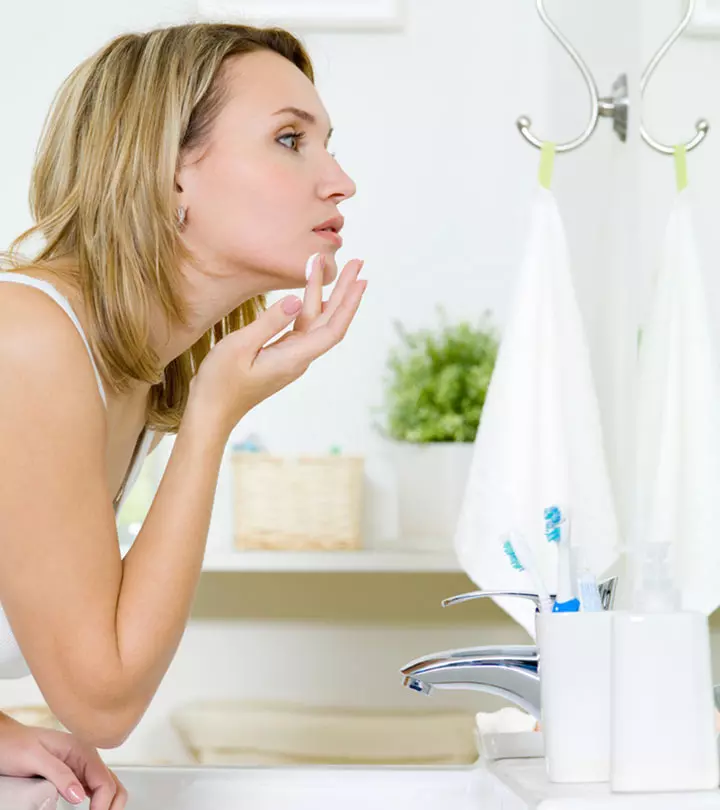


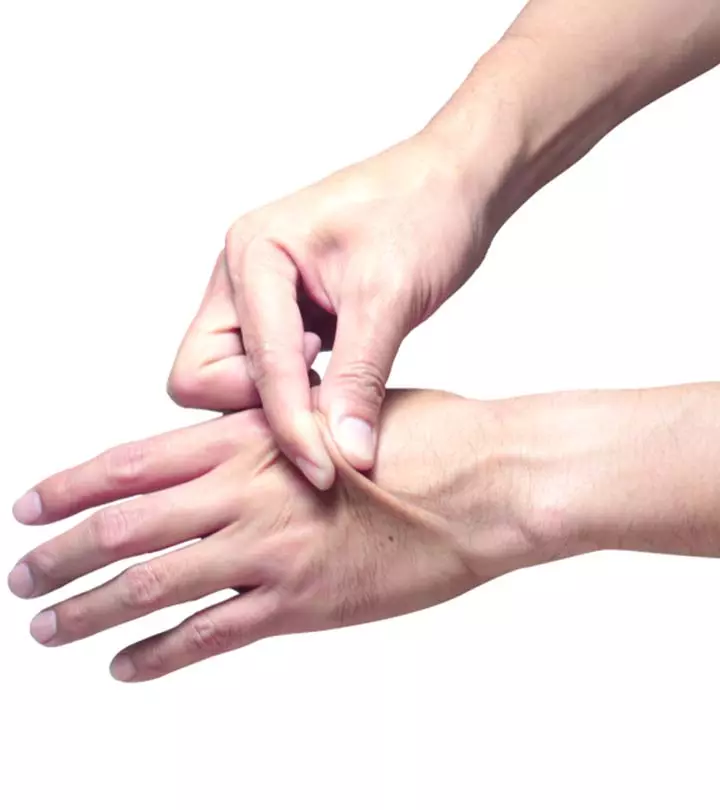

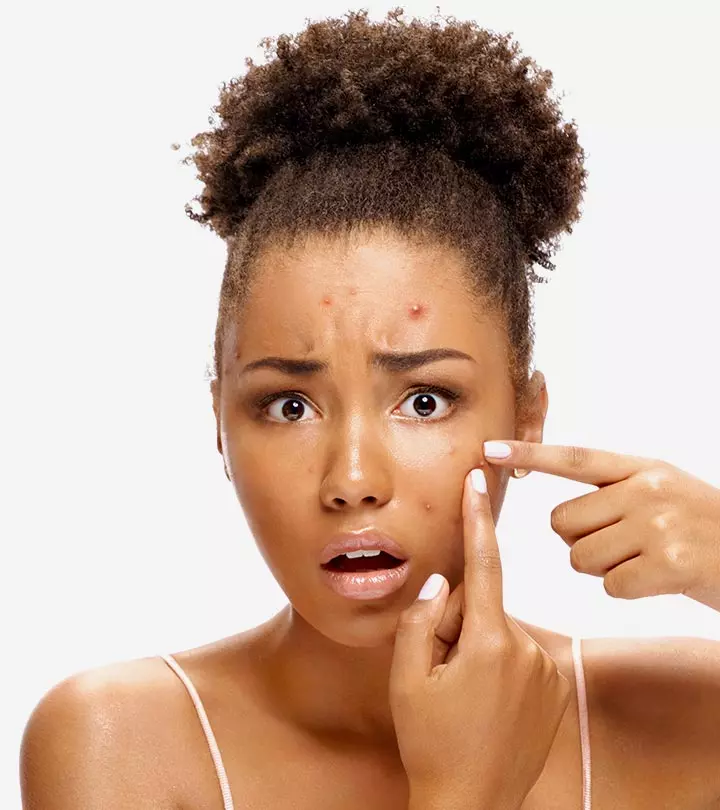
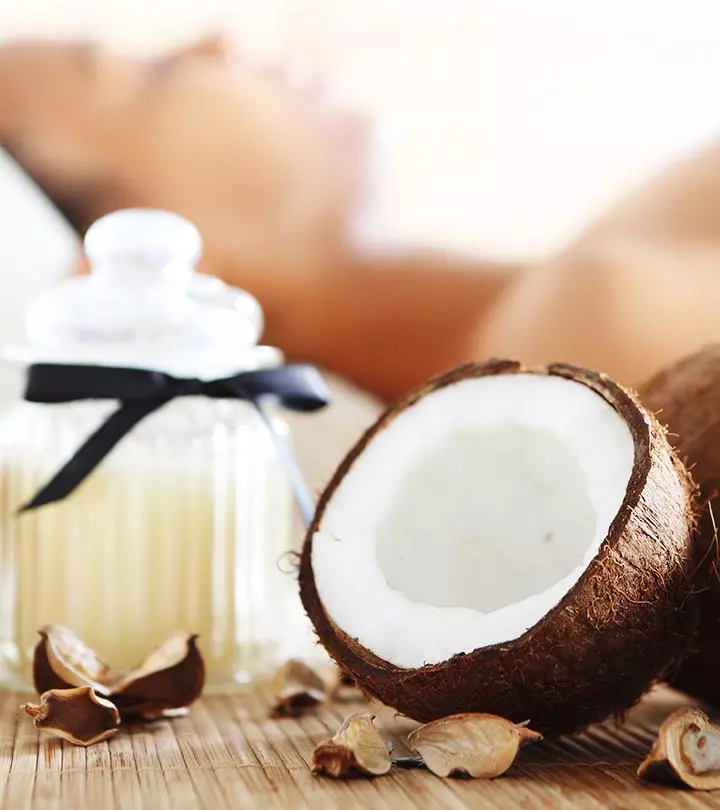

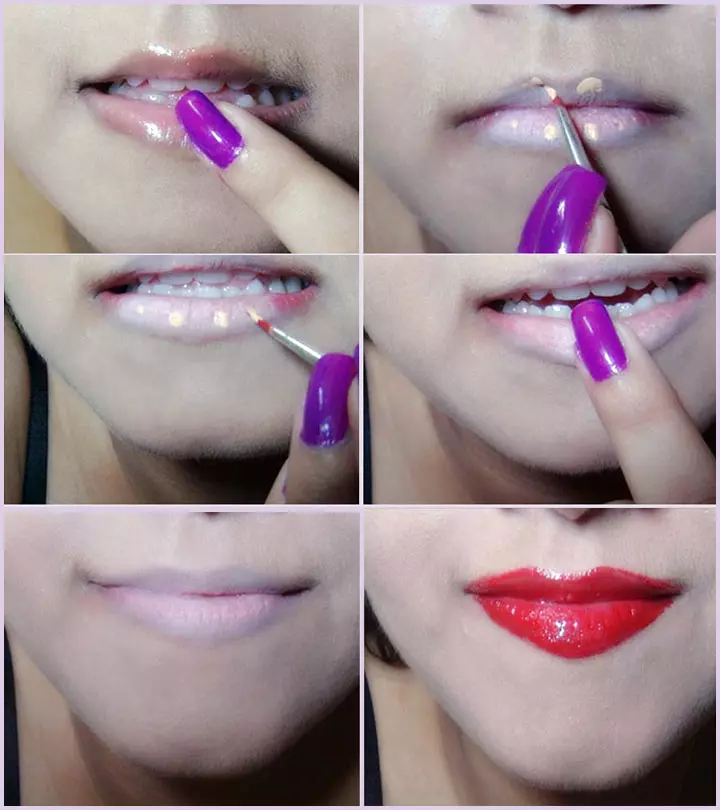
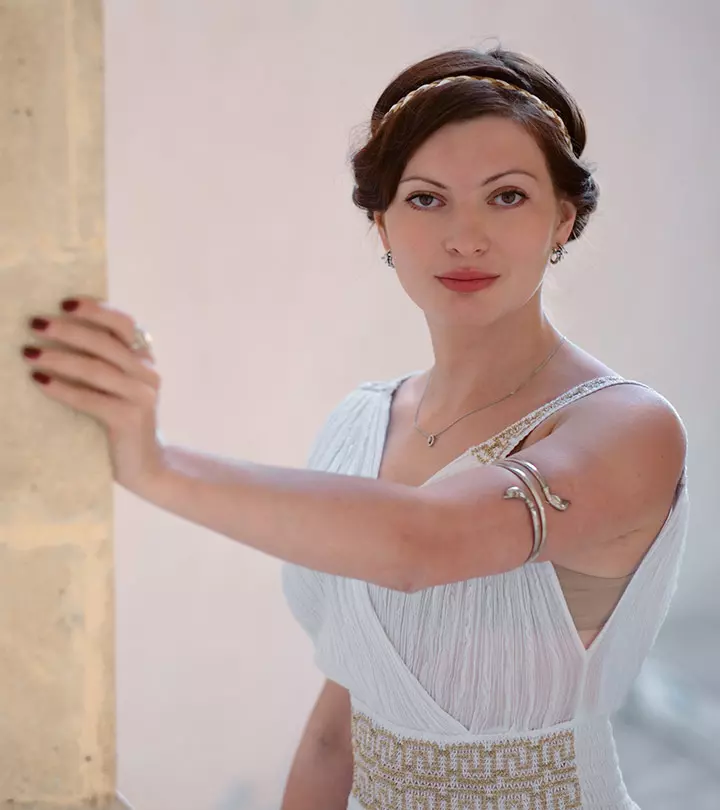
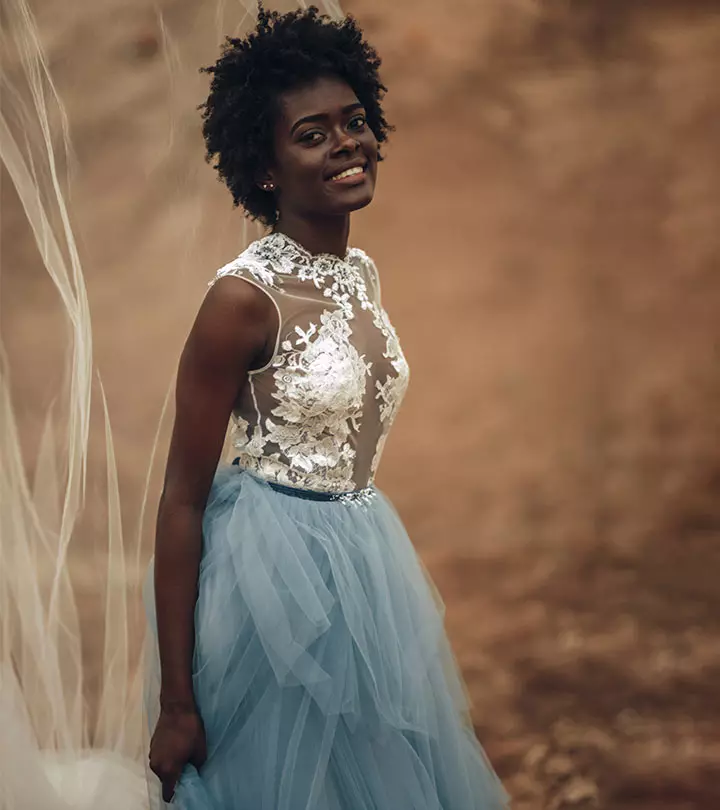



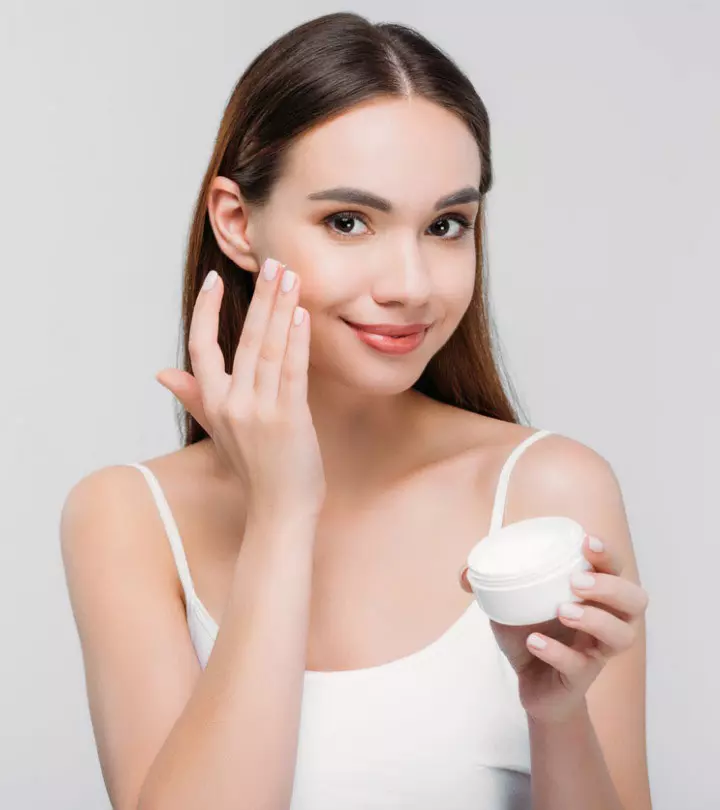



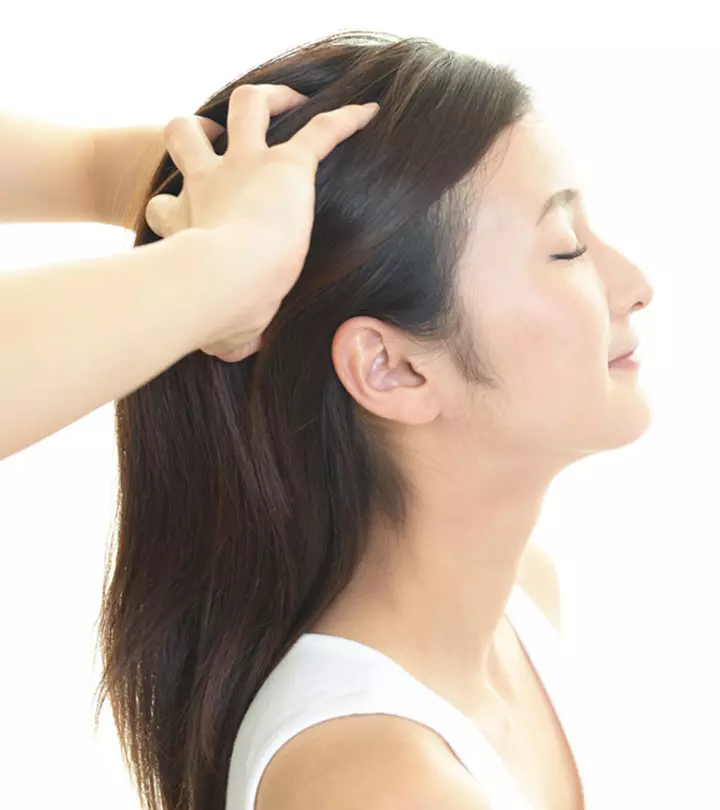

Community Experiences
Join the conversation and become a part of our empowering community! Share your stories, experiences, and insights to connect with other beauty, lifestyle, and health enthusiasts.